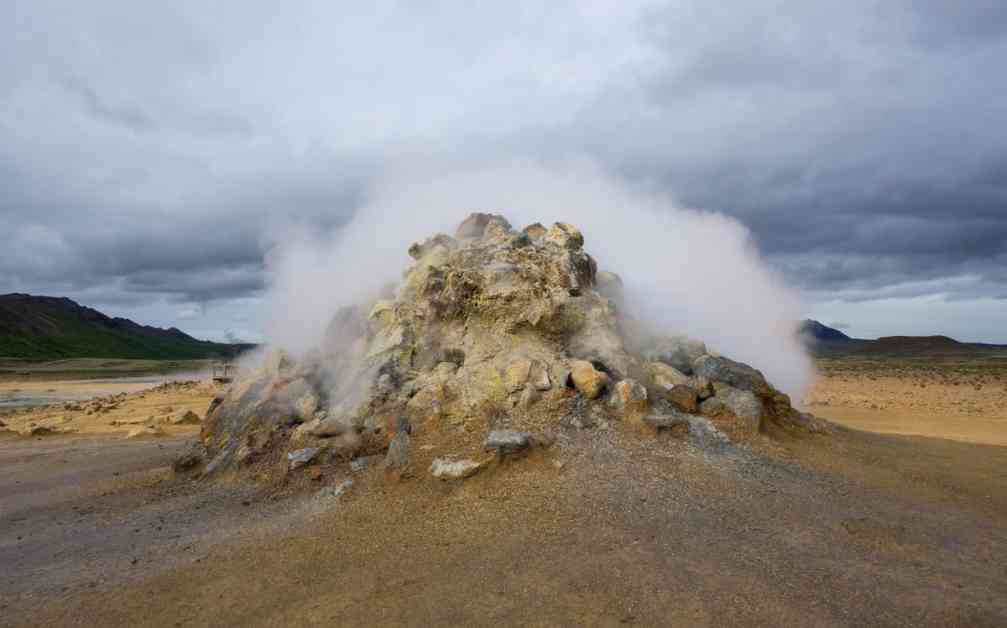Recent breakthroughs suggest that hydrogen reservoirs are buried in countless regions of the world, including at least 30 U.S. states. This discovery could potentially accelerate the global energy transition away from fossil fuels. Scientists have long been puzzled by how these hydrogen accumulations form and where to locate them, but a new review article sheds some light on the matter.
According to the lead author of the study, Chris Ballentine, a professor at the University of Oxford, Earth’s crust has been producing hydrogen for over a billion years, which could theoretically meet our energy needs for the next 170,000 years. However, the challenge lies in determining how much of this hydrogen can actually be accessed and extracted profitably. Various exploration companies, such as Koloma and Hy-Terra, are currently investigating the geological conditions that lead to hydrogen gas accumulation.
The formation of natural hydrogen reservoirs requires three key elements: a hydrogen source, reservoir rocks, and natural seals to trap the gas underground. Different geological environments offer varying opportunities for hydrogen production, with locations like Kansas showing promise due to the mid-continental rift that formed a billion years ago. Tectonic stress and high heat flow deep within the Earth’s crust are believed to release hydrogen closer to the surface, where it can accumulate and potentially become a valuable resource.










